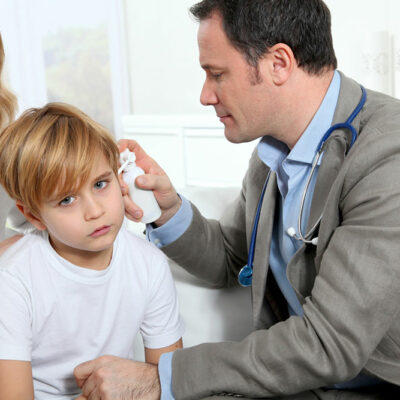
5 common types of bacterial infections
The human body is quite unique and is designed to protect itself from external agents that mean harm. The immune system does a commendable job of protecting the body from bacteria and viruses that wage a constant war with it to gain entry into the body. However, when the bacteria or viruses override the immune system, they can wreak havoc in the body and eventually give rise to infections.
Bacterial infections are quite common and can affect anyone irrespective of their age or sex. Bacterial infections are caused by single-celled organisms called bacteria, and there are two types of bacteria that exist, the good ones that are essential for digestion and fermentation, and the bad ones that cause infection.
The severity of the bacterial infection depends on the type of bacteria that infiltrated the system, and the treatment options vary according to the type of bacterial infection. Moreover, bacterial infections vary from minor infections like strep throat infection to more lethal ones like meningitis and encephalitis.
The most common types of bacterial infections include:
Escherichia coli (E.coli) – Escherichia coli (E.coli) is a bacteria that is usually found in the gut and are normally harmless. However, there are certain malignant strains of the bacteria that can upset the stomach and cause severe abdominal cramps, vomiting, and bloody diarrhea. E.coli can enter the body through contaminated water or food, especially raw vegetables and undercooked ground beef. It takes adults a week to recover from this bacterial infection, but children and older adults are at risk of developing a life-threatening form of kidney failure known as a hemolytic uremic syndrome.
Salmonella – Salmonella is a type of bacterial infection that is often associated with food poisoning. One is diagnosed with salmonella when the infection is caused primarily by non-typhoidal salmonellae bacteria that is usually found in the intestinal tract of humans and animals. Salmonella is caused by food or water that is contaminated with animal or human waste or comes in contact with animals that carry the bacteria.
Tuberculosis – This formidable condition is caused by a bacterium called Mycobacterium tuberculosis (M. tuberculosis), which grows and divides inside the cells. There are two types of tuberculosis: latent and active. In latent tuberculosis, the bacteria remain inactive, and there are no symptoms and it is not contagious. Whereas, inactive tuberculosis, the bacteria cause symptoms, and the condition becomes contagious. In fact, tuberculosis is among the top 3 causes of death for women aged 15 to 44.
Clostridium difficile (C.diff) – The Clostridium difficile (C. diff) bacteria is normally found in the intestine and can cause gastrointestinal illnesses whenever it grows out of control. This usually occurs when the antibiotics used for some other illness kill other types of bacteria in the gut and the C.diff bacteria keep growing at their regular pace.
Bacterial vaginosis – There are good and bad bacteria that live in the vagina, and it is essential to maintain the balance between them. If the balance between them is upset and increases the number of gardnerella vaginalis—the most common type of bacteria in the vagina—then it gives rise to a bacterial infection called bacterial vaginosis. Though bacterial vaginosis doesn’t cause severe health problems, it can create problems if the woman is pregnant or is trying to get pregnant. Having bacterial vaginosis makes the woman more vulnerable to sexually transmitted infections like herpes, chlamydia, or gonorrhea


